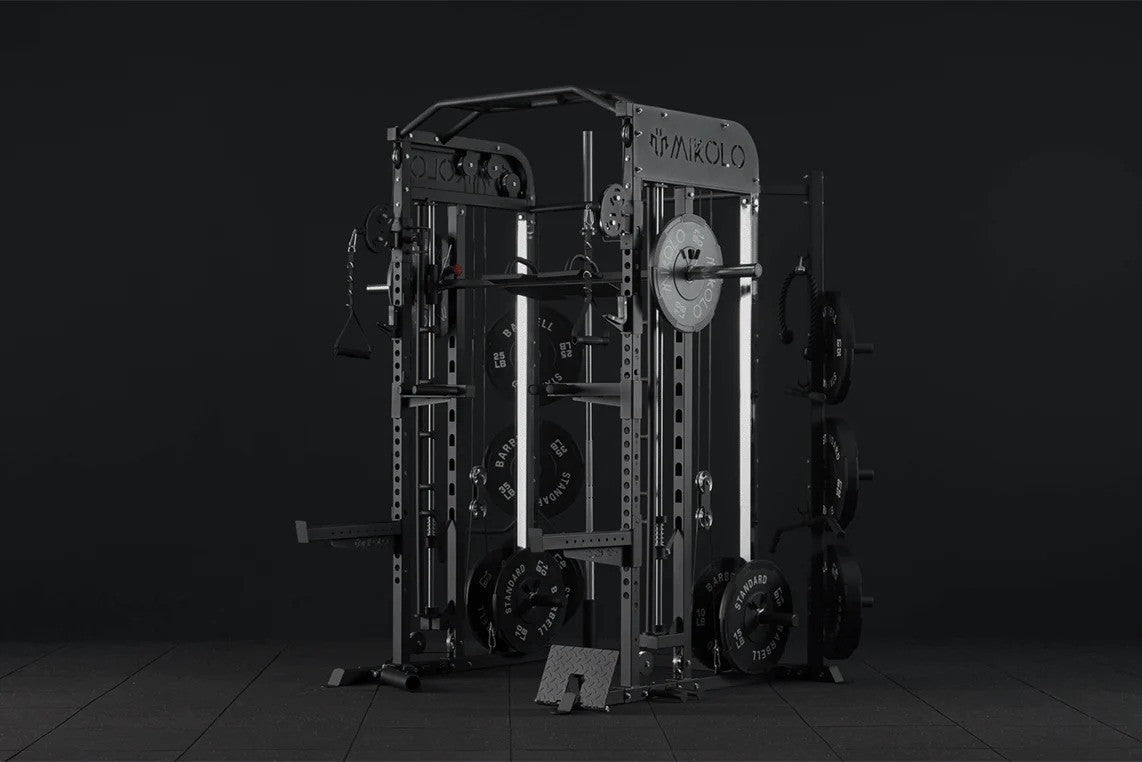For anyone looking to improve their squat, it's natural to wonder: Does the leg press help the squat? The short answer is yes—but with limitations. The leg press is a powerful tool for building lower-body strength, but it can't completely replicate the movement patterns and neuromuscular demands of a barbell squat. Let’s break it down.
The Role of the Leg Press in Squat Development
The leg press targets many of the same muscle groups as the squat—quads, glutes, hamstrings, and calves. By pushing heavy loads through a fixed plane, it allows you to train these muscles with high intensity, often without the mobility or balance demands of free weight squatting. For beginners, injured athletes, or lifters in high-volume training blocks, the leg press provides a way to build leg strength and size without taxing the spine or central nervous system as much.
So, does leg press increase squat strength? It absolutely can, especially for new lifters or those addressing a muscular weakness. Stronger quads from the leg press can directly carry over to your squat performance—provided your technique and mobility are also on point.
How the Leg Press Helps Your Squat—And Where It Falls Short
✅ Benefits:
-
Muscle Isolation: You can target your quads more directly without worrying about bar position or balance.
-
Volume Without Fatigue: Great for hypertrophy work when your back or joints need a break from barbell loading.
-
Safe Heavy Loads: Allows progressive overload with less injury risk during fatigue.
❌ Limitations:
-
Lack of Specificity: The squat is a compound movement involving the whole body—core, stabilizers, and coordination all matter. The leg press doesn't train these elements.
-
No Balance or Mobility Demand: Strength gained in a supported position may not translate if you're lacking ankle mobility, core bracing, or upper-body control during squats.
-
Different Movement Pattern: The horizontal push of a leg press doesn’t fully mimic the vertical load of a squat.
Integrating Leg Press Into Your Squat Program
If your goal is to increase your squat, the leg press should be a supporting exercise, not your main lift. Here's how to program it effectively:
-
Accessory Work After Squats: Use the leg press for additional volume once your main squat work is done.
-
Focus on Quad Weakness: If you struggle out of the hole in your squat, quad-specific leg press variations can help.
-
Use Tempo and Range: Slow eccentrics and full range of motion help reinforce quality muscle development.
The Bottom Line
Will the leg press help your squat? Yes—if you use it with intention. It can build raw leg strength, correct muscular imbalances, and offer a joint-friendly way to train hard. But it’s not a one-to-one substitute for barbell squats. To truly increase your squat, you’ll need to squat consistently, refine your technique, and strengthen the muscles and systems that support that movement.
Think of the leg press as a tool, not a replacement. Use it wisely, and it can absolutely contribute to a stronger, more powerful squat.











































Leave a comment
This site is protected by hCaptcha and the hCaptcha Privacy Policy and Terms of Service apply.